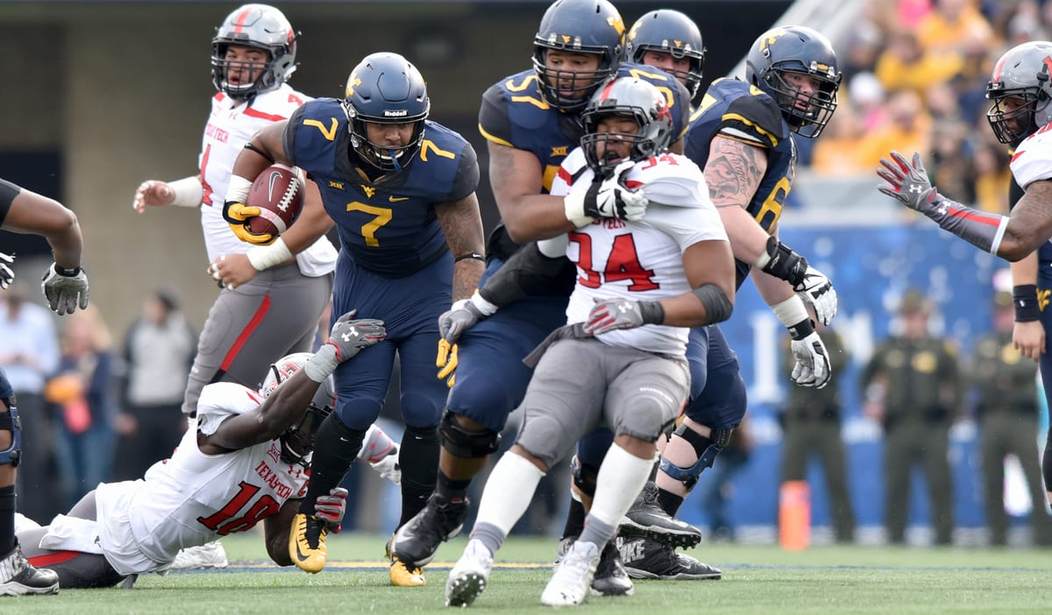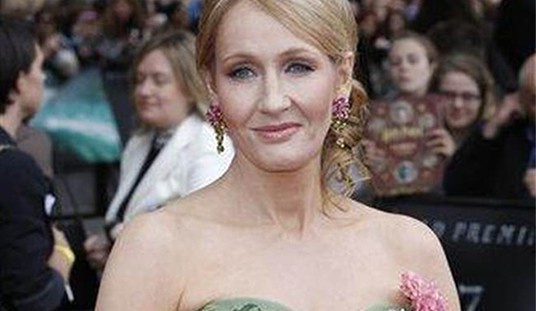The biggest change in professional sports over the past 5 years has been a growing emphasis on recognizing and treating concussions. Several alarming studies on both the short term and long term effects on the brain of concussions reveal problems that include memory loss, personality changes, chronic traumatic encephalopathy (CTE), dementia, ALS (Lou Gehrig’s Disease), and alzheimer’s disease to name a few.
And the frightening thing, is that experts say they’ve only scratched the surface as far as researching the effects of concussions on the brain. The science is in its infancy, and based on what’s been discovered so far, the prospects are not good that the news is going to get any better for those who play violent contact sports like football or hockey.
Former players from both sports have filed huge class action lawsuits against their respective leagues, charging that owners failed to educate players about the risks of concussions and failed to do enough to prevent and treat them.
More than 4500 former football players settled with the NFL for nearly a billion dollars. But many players have rejected the settlement and are appealing. Some former NHL players have also filed suit, alleging league negligence. The league says they have no intention of settling.
Concussions are serious because the brain is a lot more delicate than previously thought. The condition is caused by a ” bump, blow, or jolt to the head or by a hit to the body that causes the head and brain to move rapidly back and forth. This sudden movement can cause the brain to bounce around or twist in the skull, stretching and damaging the brain cells and creating chemical changes in the brain.” The brain can repair itself over time, depending on the severity of the injury.
What is called “concussion protocols” have been developed by all sports, including pro baseball and basketball, that include a specific medical checklist that a player must go through before being allowed to return to the field. The player may be sidelined for a week, a month, or even a year. Until a doctor, independent of the team, declares him concussion-free, he can’t play.
Football and hockey have taken the process one step further by placing several “concussion spotters” around the field to watch players after hard hits. If the spotters believe a player needs to be checked out, they call down to the referee who will halt play and escort the player to the sideline.
Doctors have always known that there is more to a concussion than the original symptoms of dizziness, blurred vision, nausea, and headache. But nobody dreamed that even one or two concussions could bring about a massive alteration in brain function.
But in recent years, a rash of suicides by former pro players due to their brains being afflicted with chronic traumatic encephalopathy has spurred several studies that show an extraordinary number of former players with the condition.
It can’t be diagnosed because the only way to confirm CTE is by examining the brain after death. In one study of 91 brains donated by ex-NFL players after their deaths, 87 tested positive for CTE.
CTE is about as nasty as disease as you can imagine:
Chronic Traumatic Encephalopathy (CTE) is a result of repeated blows to the head. It is seen most often in boxers and athletes who play contact sports like football and ice hockey.
More specifically, CTE “… triggers progressive degeneration of the brain tissue, including the build-up of an abnormal protein called tau. These changes in the brain can begin months, years, or even decades after the last concussion or end of active athletic involvement. The brain degeneration is associated with memory loss, confusion, impaired judgment, paranoia, impulse control problems, aggression, depression, and, eventually, progressive dementia.”
Here’s the kicker: There is no way to predict whether someone will be afflicted with CTE after one concussion or 20. One hard blow to the head could result in this nightmare:
For eight months, Kevin Kolb wasn’t Kevin Kolb. He was somebody else. Concussion No. 4 changed him. At night, he’d stare at the ceiling for four hours straight. His sleep cycle was warped beyond repair. In the morning, he’d brush his teeth in front of the mirror and see a cloud form around his face. Forget coffee. One cup spiraled him into a “whole different realm.” When people spoke to Kolb, he couldn’t digest the information. His short- term memory? Shot. Worst of all, his vision could blur at any moment. “Almost like you’re drunk,” Kolb said, “like everything is fuzzy all the way around you.” And that nearly killed him one day in Western New York. After yet another sleepless night, four weeks after that concussion in Buffalo’s 2013 exhibition game against Washington, Kolb drove toward the team facility in Orchard Park from his residence in Lakeview. Suddenly, without even knowing, Kolb began veering into the middle of the road as another car approached him head-on at 50, 55 miles an hour.
“We would’ve hit each other had not I… he reacted, honestly. He reacted. I didn’t react.”
Professional athletes pride themselves on being able to play through injury. Beyond that, even after all the worrying news about CTE, dementia, and early onset alzheimer’s disease showing up with regularity after a player retires, most current players simply shrug their shoulders and continue on.
Boobie Dixon? He admits he doesn’t pay attention to CTE discoveries and studies. He’ll encourage his kids to play. The game gave his life purpose, pulled him out of a rough, tough upbringing. Football, risks ‘n all, gives players long-term financial stability.
“In life, you have to take risks, you have to take chances,” he says. “I would never tell my son not to do something because it might be a little risky.”
Last season, wide receiver Marquise Goodwin collided with Chris Hogan in practice and suffered a concussion. CTE? “What’s that?” he asks.
The disease, the study is explained. Goodwin doesn’t blink, raise an eyebrow, anything.
“I live with no worries,” Goodwin says. “I try to be as stress-free as possible. You start worrying about that stuff too far in the future and you’re worrying about the wrong thing.”
This attitude may be acceptable for adults who make their own decisions about their health. But what about children? CTE has shown up in players who never made the NFL, but played in high school or college. It’s always been a point of contention that growing adolescents’ bodies — bones, ligaments, tendons — should not be subjected to the kind of violent collisions that occur in football or hockey. Now we have the prospect that the brains of our kids can be permanently injured, even if they never play college or pro ball. It should give parents pause to allow their kids to participate in Pee Wee or other youth leagues.
More American kids play soccer than any other sport. And a recent court decision is not only going to radically alter the game for younger children, and could eventually change the game at the professional level.
The issue is “heading” the ball. A class action lawsuit filed against US Soccer last year has resulted in basic changes to the rules of the game:
In a settlement announced on Monday by Hagens Berman, a law firm that represented youth players in a class action lawsuit against six the largest youth soccer groups, U.S. players who are aged 10 and under will no longer be able to head the ball, while players aged 11 through 13 will be restricted by a length of practice with headers and number of total headers allowed per player per week.
The settlement also, for the first time, mandates a standard protocol to follow when a player is found to have sustained a concussion.
The NCAA is also being sued over concussions, and the header regulations will probably be implemented there as well.
As for the pro level of international soccer, it isn’t likely that any immediate action will be taken. In all pro sports, the rewards of playing make it easy to rationalize risking an early death for a big paycheck. But the lawsuits filed on behalf of former NFL and NHL players should force all players to sit up and take notice. For one young budding star in the NFL, the warnings became real enough. Chris Borland, a linebacker for San Francisco, retired at age 24. Borland said, “From what I’ve researched and what I’ve experienced, I don’t think it’s worth the risk.” He wasn’t alone, but the new research will be ignored by most players.
Players in all contact sports at every level are going to have to face the fact that they will have to get serious about weighing the risks of damaging their long term health by participating. It’s easy when you’re 22 and just signed a multi-million dollar deal to believe yourself indestructible, or perhaps even that the risk is worth it.
But that same player may be singing a different tune at age 42.










Join the conversation as a VIP Member